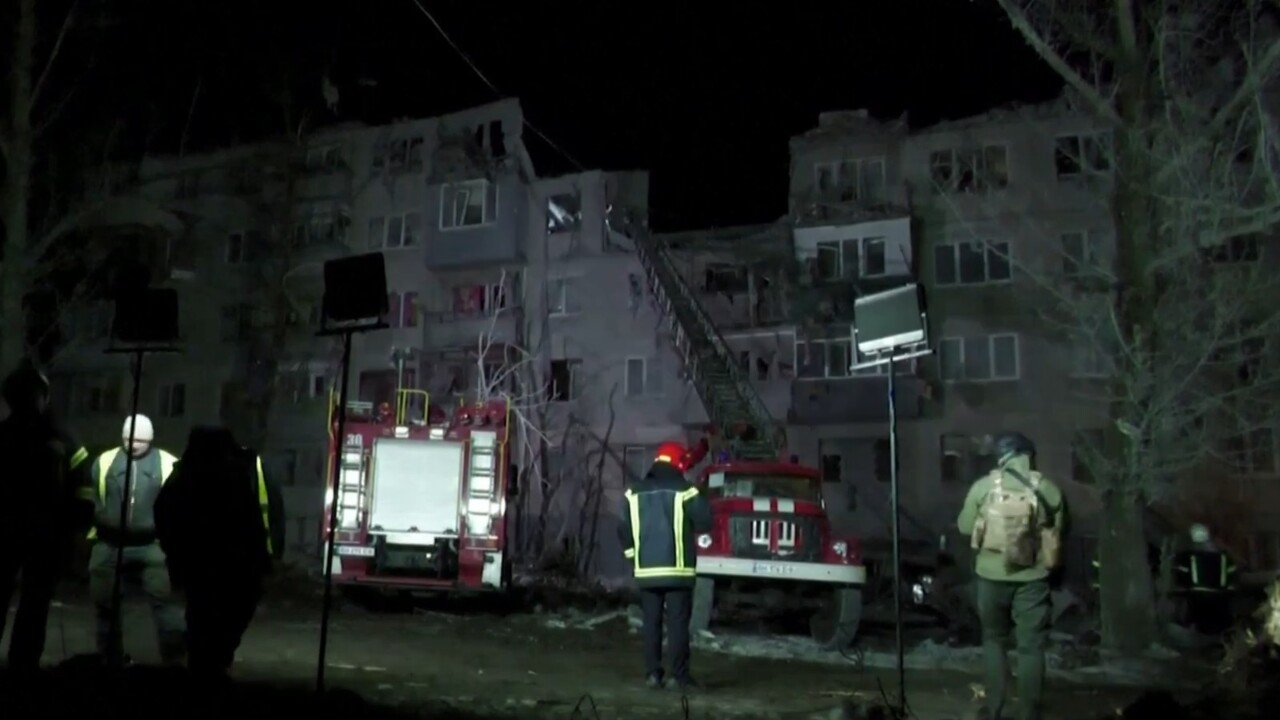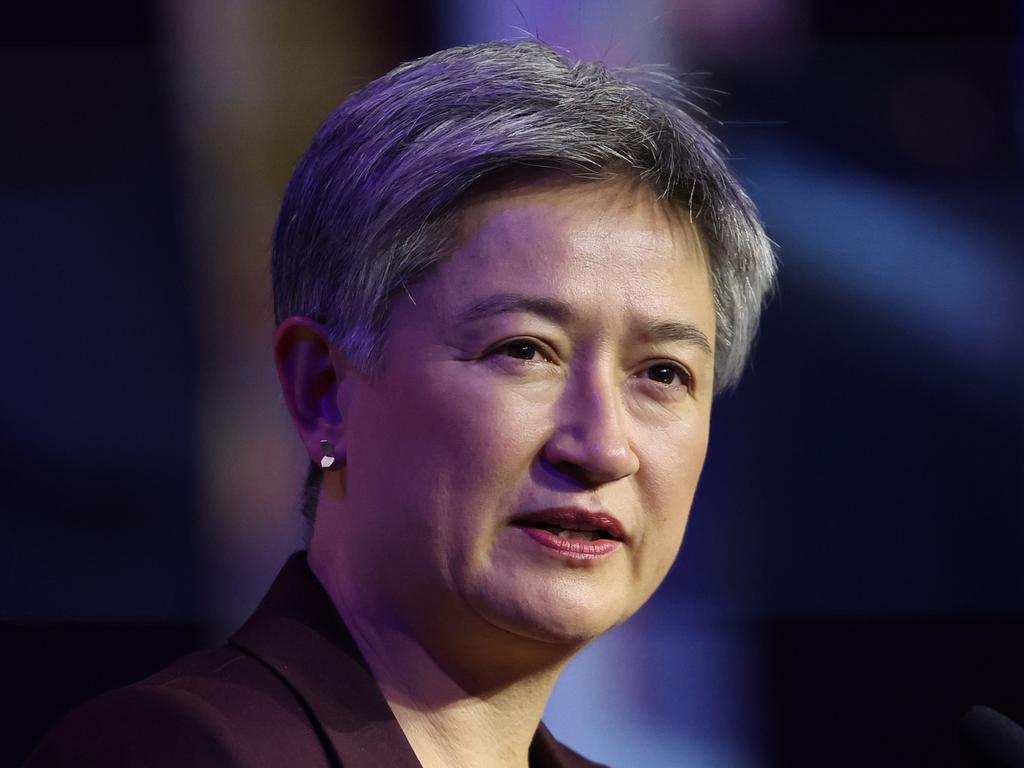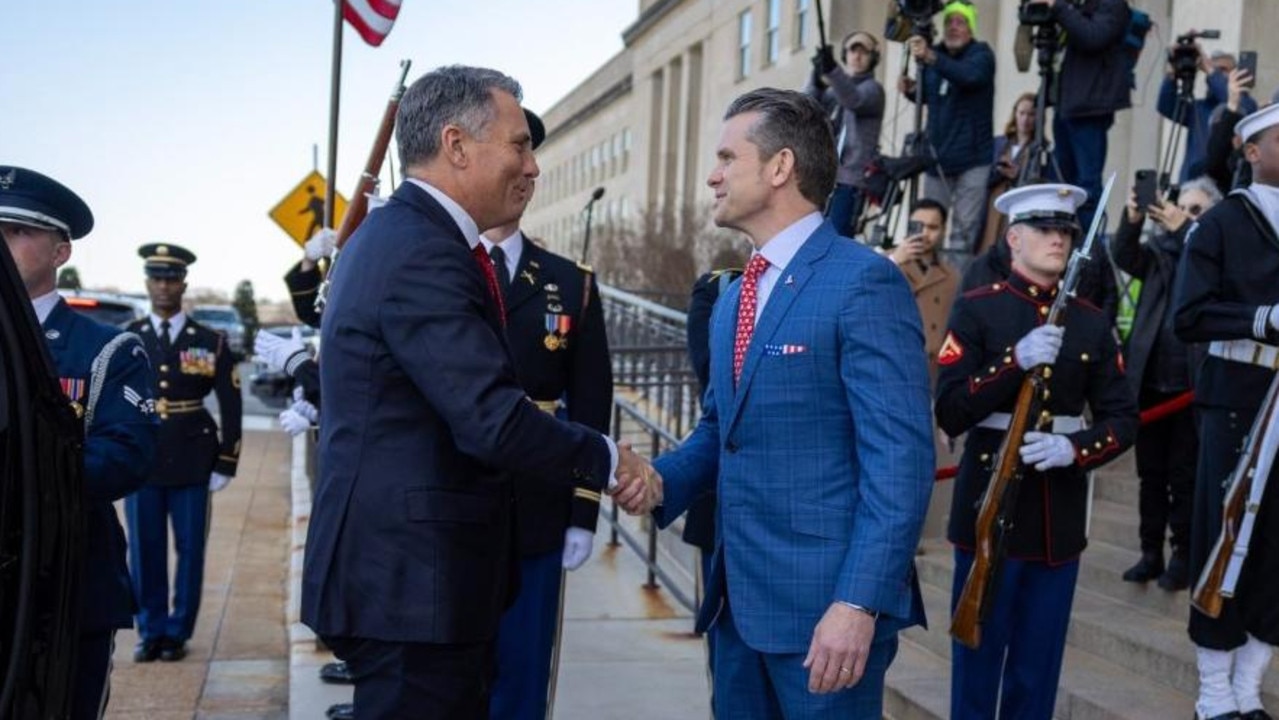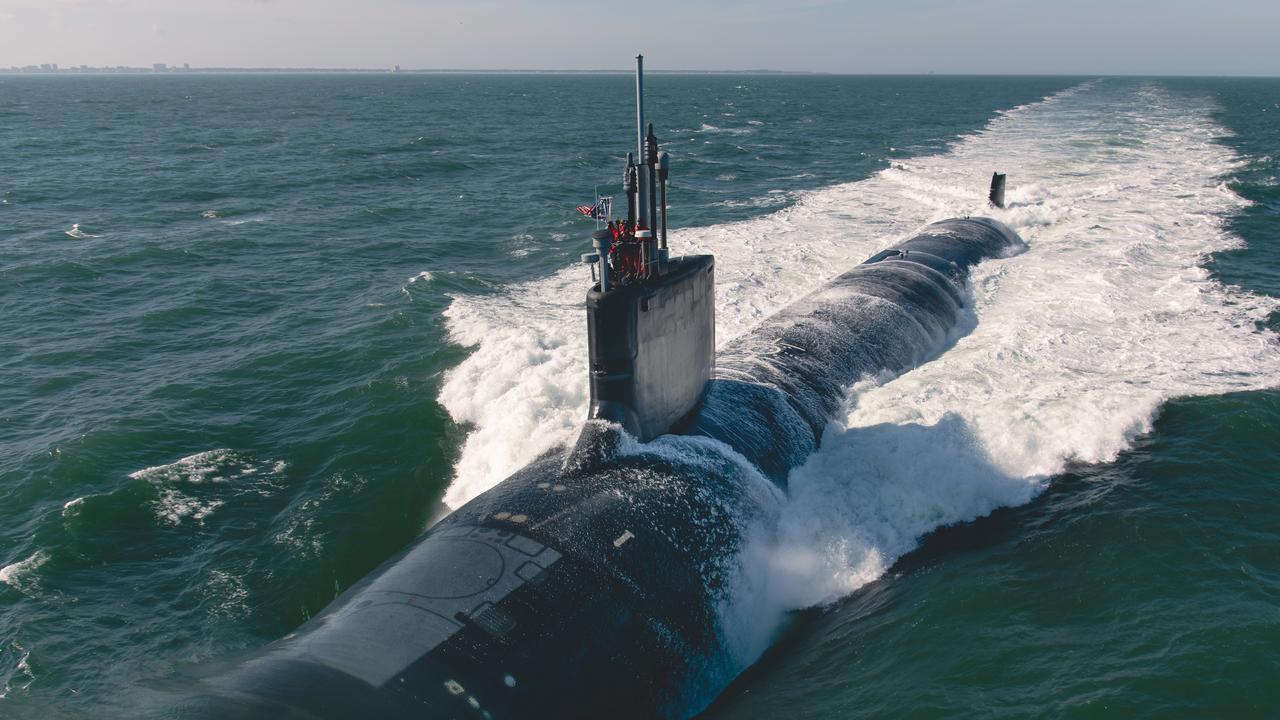Defence blames braking fault in Hawkei armoured vehicles for reluctance to supply Ukraine
Defence is blaming a braking fault in the army’s 1100 Hawkei armoured vehicles for its reluctance to supply war-torn Ukraine with the Australian-made four-wheel drives.
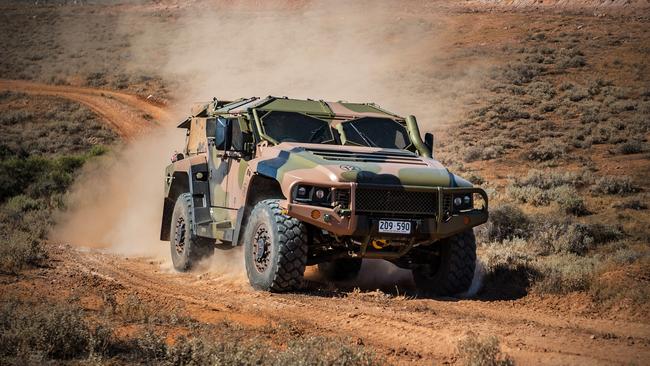
Defence is blaming a braking fault affecting the army’s fleet of 1100 Hawkei armoured vehicles for its reluctance to supply war-torn Ukraine with the Australian-made four-wheel drives.
The anti-lock braking system fault can undermine the vehicle’s stopping power at high speeds but does not affect its off-road performance.
After extensive checks, Defence believes the entire fleet of the army’s Hawkeis will need to be recalled to fix the problem, which is linked to a faulty component. The move comes five months after The Australian revealed the issue, which led Defence to ban the vehicles from civilian roads and slap them with a fleet-wide 40km/h speed limit.
The fault is holding up the army’s formal acceptance of the $2bn fleet from manufacturer Thales Australia.
But Ukraine is undeterred by the braking issue, releasing a video last week declaring it has a “crush” on the Bendigo-built vehicles, which it describes as “seven tonnes of trouble for temporary occupiers”.
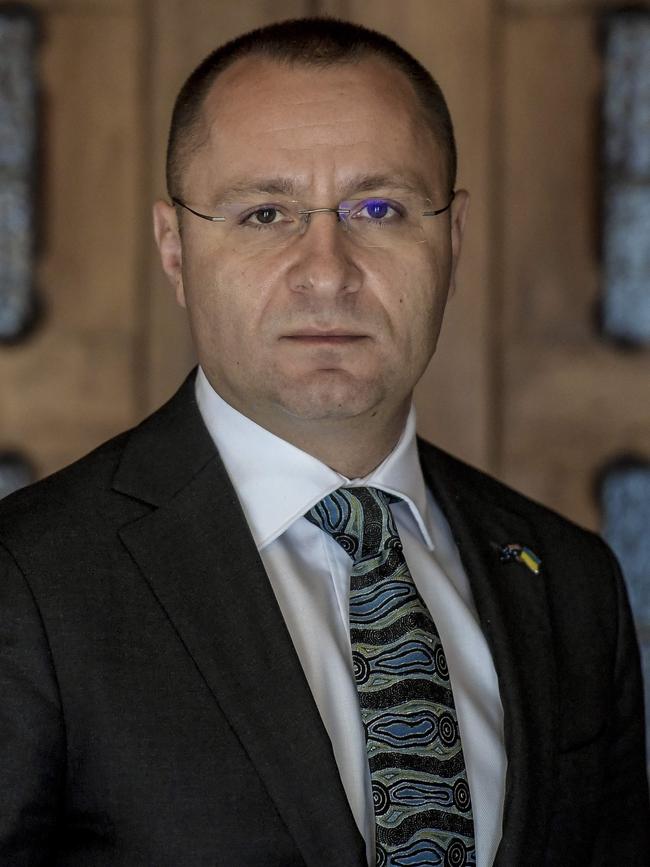
Ukraine’s ambassador to Australia, Vasyl Myroshnychenko, said his country hoped to acquire an initial 30-60 Hawkeis to support the country’s coming counteroffensive against Vladimir Putin’s Russian forces.
Our soldiers absolutely love Australian Bushmasters. But now they have a new crush: the Hawkei.
— Defense of Ukraine (@DefenceU) April 10, 2023
These two would be a perfect match on the battlefield.
We would truly appreciate their reunion in Ukraine, @AlboMP!
🇺🇦ðŸ¤ðŸ‡¦ðŸ‡º pic.twitter.com/5EP2Eo36Qv
“If that’s the only issue, it’s not an issue, to be frank,” he told The Australian.
“They will not be used on highways; they will be used off-road where they will never be able to get to the speed where this is an issue.”
Retired major-general Gus McLachlan, a former commander of the army’s 1st Armoured Regiment, said Defence was being “quite risk averse” over the “relatively minor issue”.
“Given that Ukrainians are at war, I think they would probably happily take the risk with something like that,” he said.
“If you're driving on an Australian public road and you put your foot on the brake you want every bit of technology working. But for off-road driving under operational conditions, it’s not something that would be particularly important.”
Major-General McLachlan said the Hawkei was “a great little vehicle” that was highly mobile, provided protection for its occupants, and could be equipped with Javelin anti-tank missiles and remotely operated machine guns.
He said providing some of the vehicles to Ukraine would also showcase their capabilities to potential foreign buyers.
Anti-lock braking systems help prevent skidding and loss of steering on slippery surfaces, but are typically turned off on loose or uneven terrain.
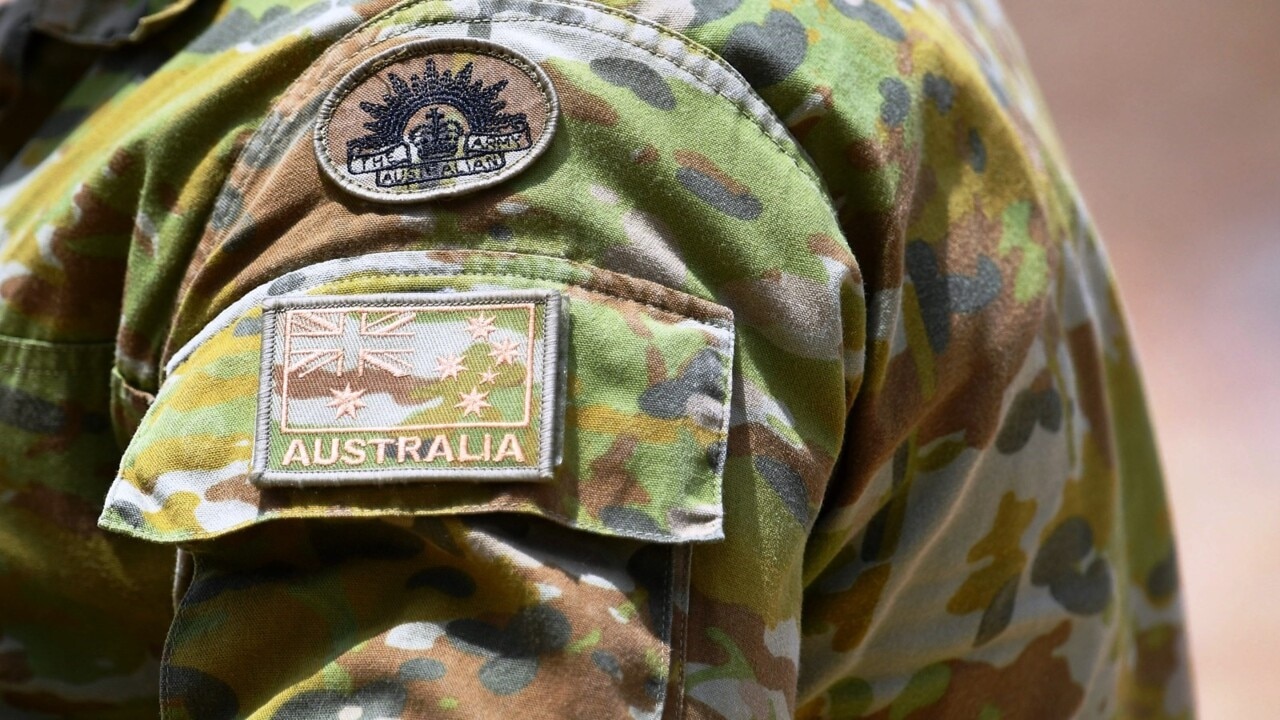
Australia has committed 90 Bushmaster protected vehicles to Ukraine with about 60 of the Bendigo-built vehicles already in use with the country’s forces.
Ukraine has argued the war would provide the perfect testing ground for the Hawkeis, which are yet to be used in battle. But the Albanese government has resisted supplying the vehicles to Ukraine on Defence’s advice, citing the braking issue as an impediment.
A Defence spokesman said the department was continuing to work with Thales Australia to resolve the braking problem, and the government was “committed to delivering on its current contribution to Ukraine”.
Mr Myroshnychenko said Ukraine was interested in using Hawkeis for reconnaissance, command and control and mobile electronic warfare roles, and potentially as an air-defence platform.
He noted Australia’s contract with US defence giant Raytheon to mount surface-to-air missiles on two-door Hawkeis.
“They could be used as mobile air defence systems against Russian missiles. And the good thing about it is you put it in one spot, you use it, then you move it,” Mr Myroshnychenko said.
Ukraine is running dangerously low on missiles for its Russian-made S-300 and Buk air defence systems, which form the backbone of the country’s anti-aircraft and anti-missile defences.
President Volodymyr Zelensky has ordered Ukrainian diplomats to work “24/7” to secure more support for the country ahead of its counteroffensive. But Mr Myroshnychenko said last week he was yet to get a clear commitment from the Albanese government on a new assistance package.
“I saw the chief of staff of the (Australian) Minister for Defence two weeks ago and she confirmed the department has been instructed to work on a plan for Ukraine this year,” he said. “But I haven’t heard back what that would be and what could be supplied.”

Australia has fallen down the ranks of donors to Ukraine after previously being the largest non-NATO supporter of Kyiv’s war effort.
Australia’s resistance to providing Hawkeis to Ukraine comes amid Russian gains on the battlefield, with Moscow claiming on Saturday to have made advances on the northern and southern outskirts of Bakhmut, in eastern Ukraine.
“Wagner assault units have successfully advanced, capturing two districts on the northern and southern outskirts of the city,” Russia’s defence ministry said in a briefing.
The Wagner mercenary group, headed by Kremlin-linked businessman Yevgeny Prigozhin, has spearheaded much of the fighting for the city, which has little strategic value but has taken on huge symbolic importance for both sides.
Earlier, Russia claimed to have cut off Ukrainian forces inside Bakhmut, which has become the site of one of the bloodiest battles of the 14 month conflict.
The Russian army said its airborne troops were “blocking the transfer of Ukrainian army reserves to the city and the possibility of retreat for enemy units.”
But the Ukrainian army said it was in communication with its troops inside Bakhmut and was able to send them food, ammunition and medical supplies.
The death toll from a Russian strike on a block of flats in the eastern Ukrainian city of Sloviansk climbed to 11. Kyiv said the apartment complex was struck by seven missiles on Friday, hitting five homes, a school and an administrative building.
Ukrainian officials opened a war crimes investigation last week after a video emerged online that appeared to show a Russian soldier beheading a Ukrainian prisoner.
Foreign Minister Penny Wong said Australia was “appalled” at the reported killing, which she described as “a heartbreaking example of the horrors Russia is inflicting on Ukraine through its illegal and immoral war”.
“Australia stands with Ukraine and strongly supports international investigations into war crimes,” she said.
ADDITIONAL REPORTING: AFP
More Coverage
